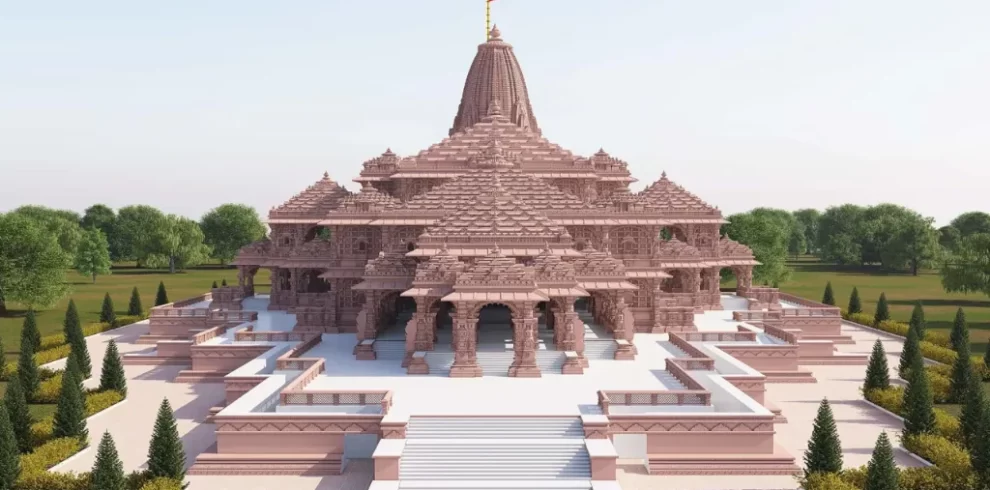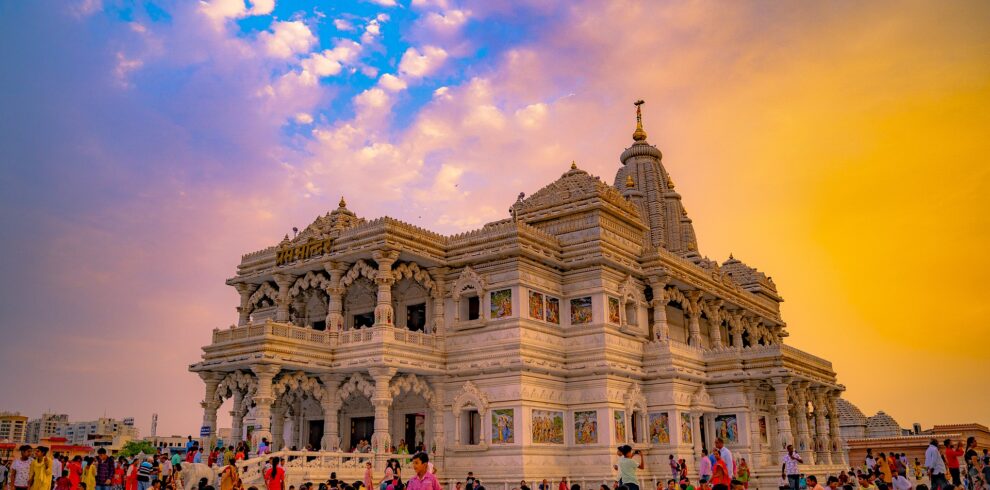Ayodhya Ram Mandir
Ayodhya Ram Mandir: A Symbol of Faith and HeritageNestled on the banks of the Sarayu River in the ancient city of Ayodhya Ram Mandir stands as a symbol of faith, heritage, and cultural identity for millions of devotees around the world. Dedicated to Lord Ram, the seventh avatar of the Hindu god Vishnu, this sacred temple is revered as the birthplace of the deity and holds immense significance in Hindu mythology and history. A journey to the Ram Mandir is not just a pilgrimage; it’s a spiritual odyssey that offers devotees an opportunity to connect with the divine and immerse themselves in the rich tapestry of Indian culture and tradition.
Introduction to Ayodhya:
Ayodhya, often referred to as the “City of Lord Ram,” is one of the oldest and most revered cities in India, with a history that dates back thousands of years. According to Hindu mythology, Ayodhya is the birthplace of Lord Ram, making it a sacred pilgrimage site for millions of devotees who flock here to pay homage to their beloved deity.
Historical Significance:
The history of Ayodhya is intricately woven with the life and legends of Lord Ram. According to the ancient Indian epic, the Ramayana, Ayodhya was the capital of the kingdom of Kosala and the birthplace of Lord Ram, who is revered as the epitome of dharma (righteousness) and maryada purushottam (the perfect man).
The Ram Mandir:
The Ram Mandir, also known as theAyodhya Ram Mandir Janmabhoomi Temple, is believed to have been built on the exact spot where Lord Ram was born. The temple complex comprises several structures, including the main sanctum sanctorum, where the idol of Lord Ram is enshrined, along with shrines dedicated to his consort, Sita, and his loyal devotee, Hanuman.
Architectural Splendor:
The architectural style of the Ram Mandir is a harmonious blend of ancient and modern design elements, reflecting the rich heritage and cultural legacy of India. The temple’s towering spires, intricately carved pillars, and ornate domes are a testament to the skill and craftsmanship of the artisans who built it.
Religious Practices and Rituals:
Devotees visiting the Ram Mandir engage in a variety of religious practices and rituals to seek the blessings of Lord Ram. These include performing puja (worship), reciting prayers and hymns, and offering floral garlands, fruits, and sweets to the deity.
Festivals and Celebrations:
The Ram Mandir is a hub of activity during festivals and celebrations, with devotees from all walks of life coming together to commemorate special occasions such as Ram Navami, the birthday of Lord Ram. During these festivities, the temple is adorned with colorful decorations, and elaborate rituals and processions are conducted to honor the deity.
Cultural Heritage:
Beyond its religious significance, the Ayodhya Ram Mandir is also a cultural icon that symbolizes the enduring legacy of Lord Ram and the values he represents. The temple’s architecture, rituals, and traditions serve as a testament to the rich tapestry of Indian culture and heritage, attracting scholars, historians, and tourists from around the world.
Recent Developments:
In recent years, the Ayodhya Ram Mandir has been at the center of a contentious legal and political debate surrounding its ownership and construction. After decades of legal battles and public discourse, the Supreme Court of India ruled in favor of the construction of a grand Ram temple at the site, marking a historic moment in the country’s history.
Conclusion:
The Ram Mandir in Ayodhya Ram Mandir is more than just a religious monument; it’s a symbol of faith, unity, and cultural pride for millions of Hindus worldwide. As devotees flock to this sacred site to offer their prayers and seek the blessings of Lord Ram, they are reminded of the timeless ideals of righteousness, compassion, and devotion that continue to inspire humanity to this day.




